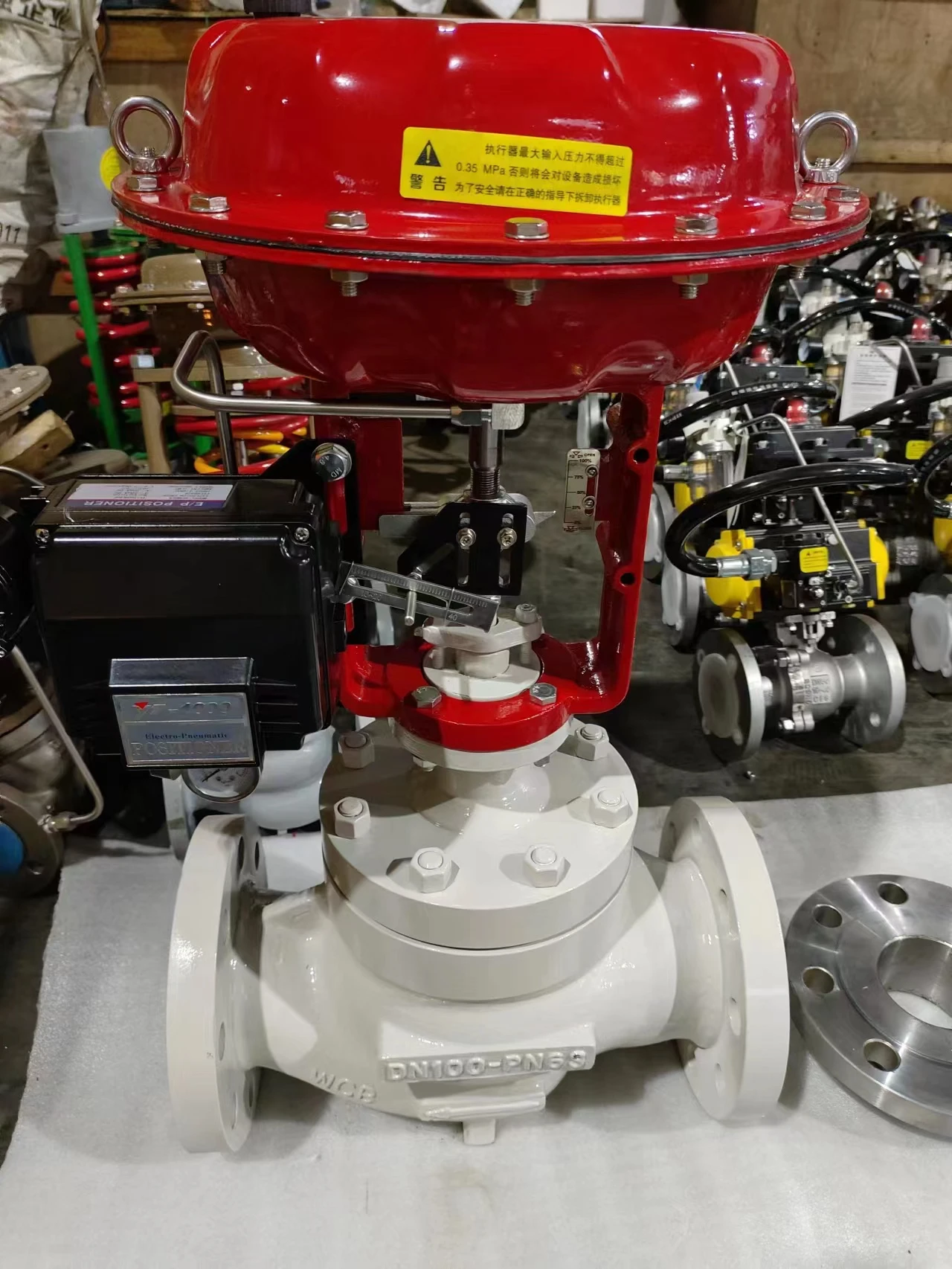250mm butterfly valve
Understanding 250mm Butterfly Valves An Essential Component in Fluid Control
In industrial applications, effective fluid control is paramount. One of the critical components ensuring optimal flow regulation is the butterfly valve, particularly the 250mm butterfly valve. This valve type is distinguished by its simple design, robust functionality, and versatility, making it a preferred choice for various fluid management systems.
What is a Butterfly Valve?
A butterfly valve is a quarter-turn rotational valve used to regulate flow. It consists of a disc, which is mounted on a rotating shaft. When the valve actuates, the disc rotates to either obstruct or allow the passage of fluid through the pipeline. The design of a butterfly valve enables rapid opening and closing, which is a significant advantage in fluid control applications.
Specifications of 250mm Butterfly Valves
The 250mm designation refers to the valve's nominal diameter, which is 250 millimeters. This size is often utilized in mid to large-scale industrial applications, making it suitable for pipelines handling substantial volumes of liquids or gases. The 250mm butterfly valve is designed to withstand high pressure, ensuring reliable operation in demanding environments.
Material selection for butterfly valves is critical, as it directly affects durability and resistance to corrosive environments. Common materials include ductile iron, stainless steel, and various plastics, which can be tailored to specific industry requirements, such as chemical processing, water treatment, or oil and gas applications.
Operational Mechanism
250mm butterfly valve

The operation of a 250mm butterfly valve is straightforward. When the actuator, which can be manual, pneumatic, or electric, is engaged, the disc rotates to open or close the valve. The valve's sealing capacity is enhanced by the use of elastomeric seals, which provide a tight closure to prevent leaks. This operational efficiency is vital in systems where precise flow control is necessary.
Advantages of Using Butterfly Valves
1. Space-Saving Design The compact structure of butterfly valves makes them an ideal choice for installations with limited space, such as in pipelines and piping networks.
2. Cost-Effective Compared to other valve types, butterfly valves are often more economical in terms of both initial purchase and installation costs.
3. Low Maintenance With fewer moving parts, 250mm butterfly valves typically require less maintenance than their counterparts, translating into lower operational costs over time.
4. Versatility These valves can be used for various applications, including throttling, isolation, and control of fluids, making them a versatile choice for many industries.
Conclusion
The 250mm butterfly valve is a vital component in fluid control systems, offering numerous benefits that enhance industrial operations. Its robust design, ease of operation, and cost-effectiveness make it a popular choice among engineers and facility managers. As industries continue to seek efficient and reliable solutions for fluid management, the role of butterfly valves will undoubtedly remain significant, bridging the gap between performance and practicality in fluid control.
-
High-Security Lockable Gas Valve - Tamper-Proof ControlNewsAug.30,2025
-
Reliable Hydraulic Valves for Efficient Fluid ControlNewsAug.29,2025
-
Reliable Electric Actuators for Industrial Valve AutomationNewsAug.29,2025
-
Premium Line Blind Valves for Secure Pipeline IsolationNewsAug.29,2025
-
Premium Electric Valves for Smart Fluid Control SolutionsNewsAug.29,2025
-
Precision Balanced Valves for Optimal System PerformanceNewsAug.29,2025
-
Heavy-Duty Flanged Butterfly Valves for Water SystemsNewsAug.29,2025




